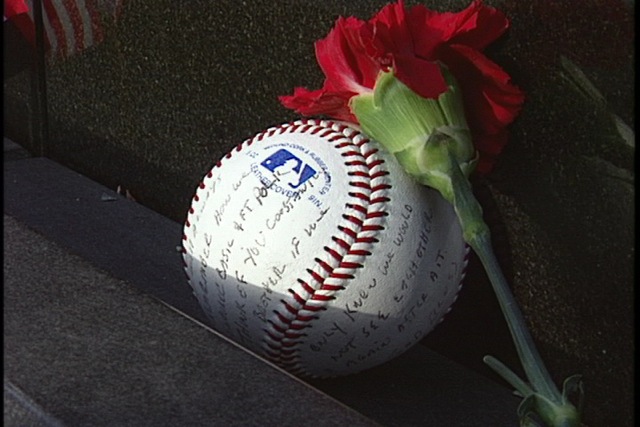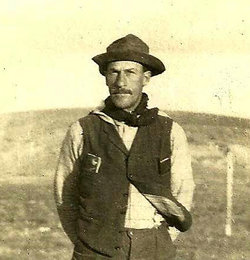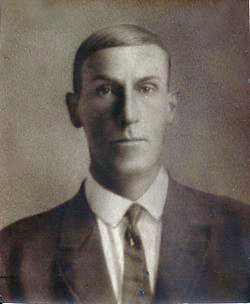
Local History in the Spotlight
Headwaters History Days, two full weekends of events, exhibits, open houses and activities celebrating the history, culture, folklife and landscape of the Central Catskills, will be held May 30 and 31, and again June 6 and 7.
Visitors are invited to explore 16 historic sites across two counties, through the East Branch and Esopus Watersheds from Andes to Olive.
Museums, landmark structures and historic sites will be open to the public at no charge for one or both days. Docents will be on hand to explain the significance of their sites, and lead walking tours and leisurely rambles. Two lectures will provide food for thought.
For a map and schedule, visit www.headwatershistorydays.org
View a short video from Headwaters History Days 2014:
Three former stations on the Ulster & Delaware Railroad will be open. The Delaware & Ulster Rail Road will offer regular excursions from its Arkville station base, to the historic Roxbury Depot Museum where the operations of the former “Up & Down” are depicted in photos and models. In Phoenicia, the Empire State Railway Museum will welcome visitors to ‘Phoenicia Junction’ where hundreds of thousands of tourists passed through on their way to hotels and boarding houses deeper into the mountains.
Visitors will learn about the Anti-Rent War of the 1840s at the venerable Hunting Tavern Museum of the Andes Society for History and Culture. At the Olive Free Library in West Shokan, they will learn of the displacement of whole communities when the Esopus was dammed to create the Ashokan Reservoir.
Two distinctive “District #10” schools will be open to visitors – one built of stone during the Civil-War in Dunraven, the other an elaborate two-story affair, constructed in 1925 in Pine Hill, that now serves as Shandaken’s Town Museum.
Climb the stairs of the Roxbury Methodist Church tower to hear (and see) a venerable clock chime the hour. Visit the exquisite church, railroad station and public park built by the Goulds of Roxbury, explained in walking tours May 31 and June 6 at 10 a.m.
Watch a complex network of belts and pulleys power a sawmill in a 150-year-old barn in Kelly Corners and then tour other buildings on the active Hubbell Homestead farm. Tour the oldest structure on the HHD circuit, the 1828 Walter Stratton stone house in Roxbury’s Meeker Hollow, and learn how it evolved over almost two centuries.
The Pakatakan Farmers Market will welcome visitors to the iconic Kelly Brothers Round Barn in Kelly Corners. Get acquainted with naturalist John Burroughs at his Roxbury retreat, Woodchuck Lodge, then enjoy a leisurely guided walk to explore and observe nature as he did on June 6 at 1 p.m.
Find out about Fleischmanns’ hotel heyday, and the family that gave the village its name at the Greater Fleischmanns Museum of Memories and then experience a walking tour of Main Street May 31 at 11 a.m.
Two illustrated talks are highlights of HHD.
A presentation by John Duda at Skene Memorial Library, Fleischmanns will show how the Delaware & Northern Railroad knitted together small communities from Margaretville to East Branch when he discusses “Lost Towns of the Pepacton Reservoir and the Railroad that Served Them” May 31 at 2 p.m.
Discover what all of these sites and their treasures mean to us, as individuals, and as a society, at a multi-media talk, “Objects and Memory,” at the Historical Society of the Town of Middletown hall, 778 Cemetery Rd., Margaretville. Filmmaker/historian Jonathan Fein’s appearance on May 30 at 3:30 p.m. is made possible by a grant from the New York Council for the Humanities.



